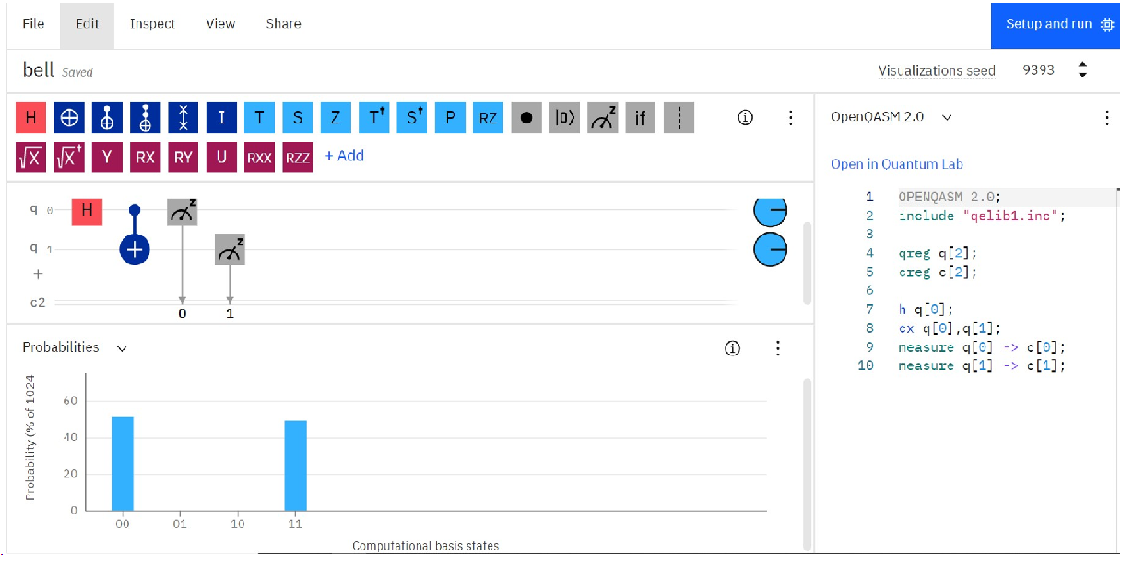Currently the gates on Quantum Computers are not stable and produce errors .
If you run a small circuit on the IBM experience at https://quantum-computing.ibm.com/
eg the 00 Bell state on real hardware ( in this case 5 qubit ibm-bogata quantum computer)
then you should get the 50/50 probabilities as shown by the IBM experience.
In reality if you run the circuit say 100 runs you will not get that 50/50 Probabilities and to achieve that 50/50 probability you may need to run the circuit say maybe 8024 times to approach the 50/50 average .

To make the gates more stable you will need to implement quantum error correction which means you need to add a number of physical qubits just to implement the quantum error correction eg According to the quantum Hamming bound, encoding a single logical qubit and providing for arbitrary error correction in a single qubit requires a minimum of 5 physical qubits.
So even if you want to build a quantum computer to factor the number 15 a large number of physical qubits will be needed for QER to implement the logical qubits.
see https://en.wikipedia.org/wiki/Physicalandlogical_qubits
running the 2 qubit entangled circuit 100 times on a real quantum device you can see the errors |01> and |10> turning up

if this is the errors for a 2 qubit , 2 gate set up can you imagine the errors accumulating if you go to a 10 qubit circuit with say 20 gates. Error correction qubits will be needed to remove these errors